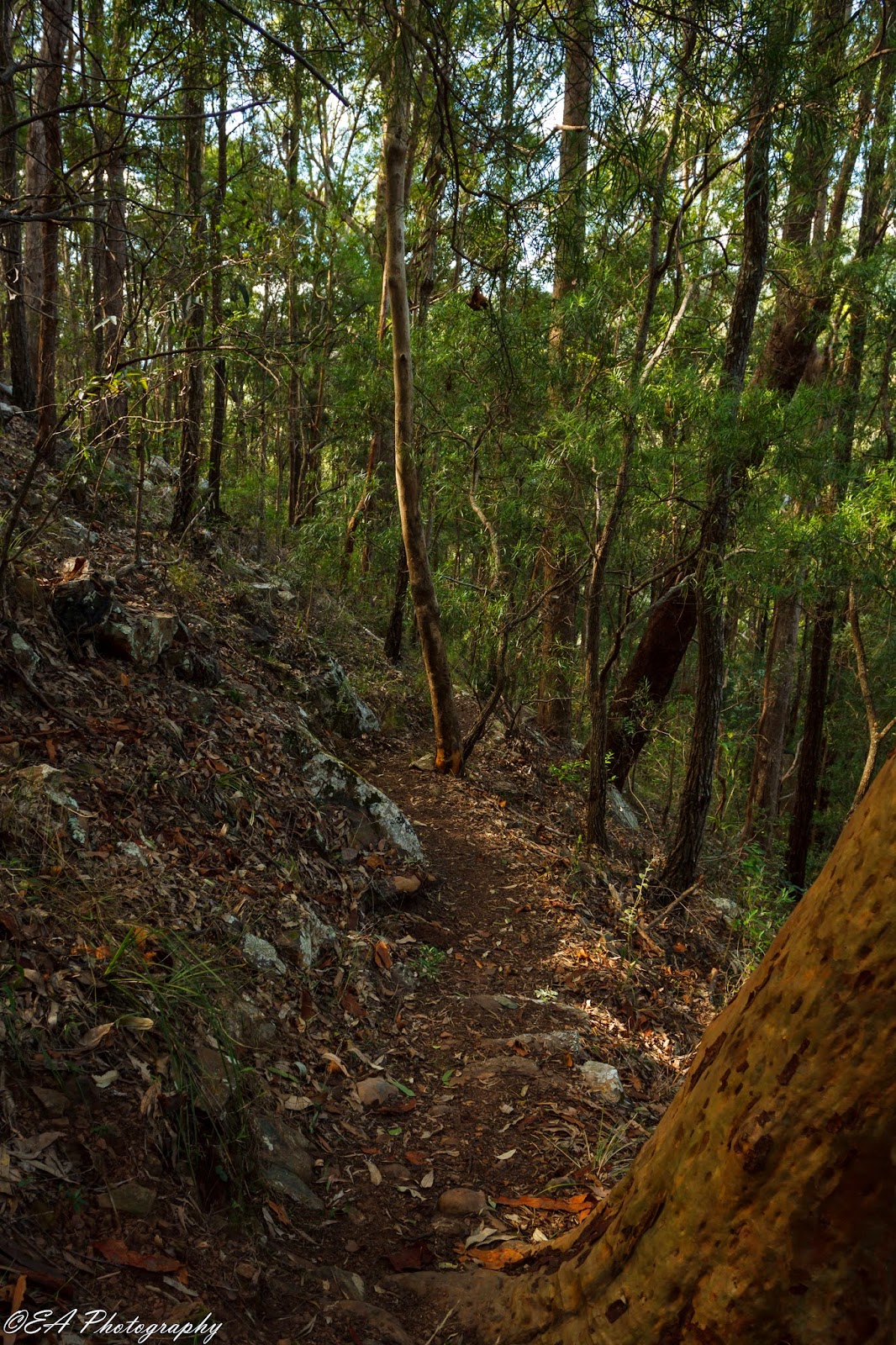It is often said, "It's not what you know, but who you know.", and my husband Michael & I feel incredibly blessed to know one of the zoo keepers of Werribee Open Range Zoo, Paul Rushworth, and his lovely wife Chareen.
We were treated to a private tour and personal up close encounters with some of the fascinating animals that call the zoo 'home'.
Continuing from my previous post, here are some more of the beautiful animals we encountered:
The Zebra - A Plains Zebra has rather broad stripes, especially towards its rump, with colour ranging from black to dark brown. While Plains Zebra are common in Africa, they are vulnerable to loss of habitat and, like many species, to hunting.
Absolutely incredible markings, don't you think?
The Giraffe - Another of nature's beautiful and wonderful creatures.
The giraffe lives in the African savannah and is the world's tallest land animal. There are nine subspecies of giraffe, and all have a characteristic walk, moving the legs on the same side of the body simultaneously. The subspecies are distinguished from each other by their coat patterns and geographical locations.
The Meerkat - Meerkats live in southern Africa, which is dominated by the Kalahari Desert. Finding safety in numbers, meerkats live in groups of 10–30, with a female in charge of each smaller family unit. Meerkats are omnivores and spend most of the day foraging for food.
Kulinda, the Cheetah.
Cheetahs are the fastest land mammals on Earth, reaching speeds up to 112km/hour, although the average speed of a chase is around 64km/hour. Cheetahs formerly ranged in Asia, Western Iran and throughout Africa except for the true desert areas. They can now be found in the eastern and southern regions of Africa. Their main habitats are open country, from semi-desert to dry savannah, including light woodland.
The Servals.
Morili, on the left, and Nanki, on the right.
These slender and extremely agile cats are one of Africa's most successful hunters. Servals are at risk mainly from habitat loss and degradation. They rely on wetlands, a favoured home of rodents, which comprise the main part of the Serval’s diet.
Meet Morili
Meet Nanki
We felt very privileged to get this behind the scenes opportunity.
And finally, here is Paul (our zoo keeper friend) feeding one of his Serval charges, Morili. We are incredibly grateful for his hospitality.





















































